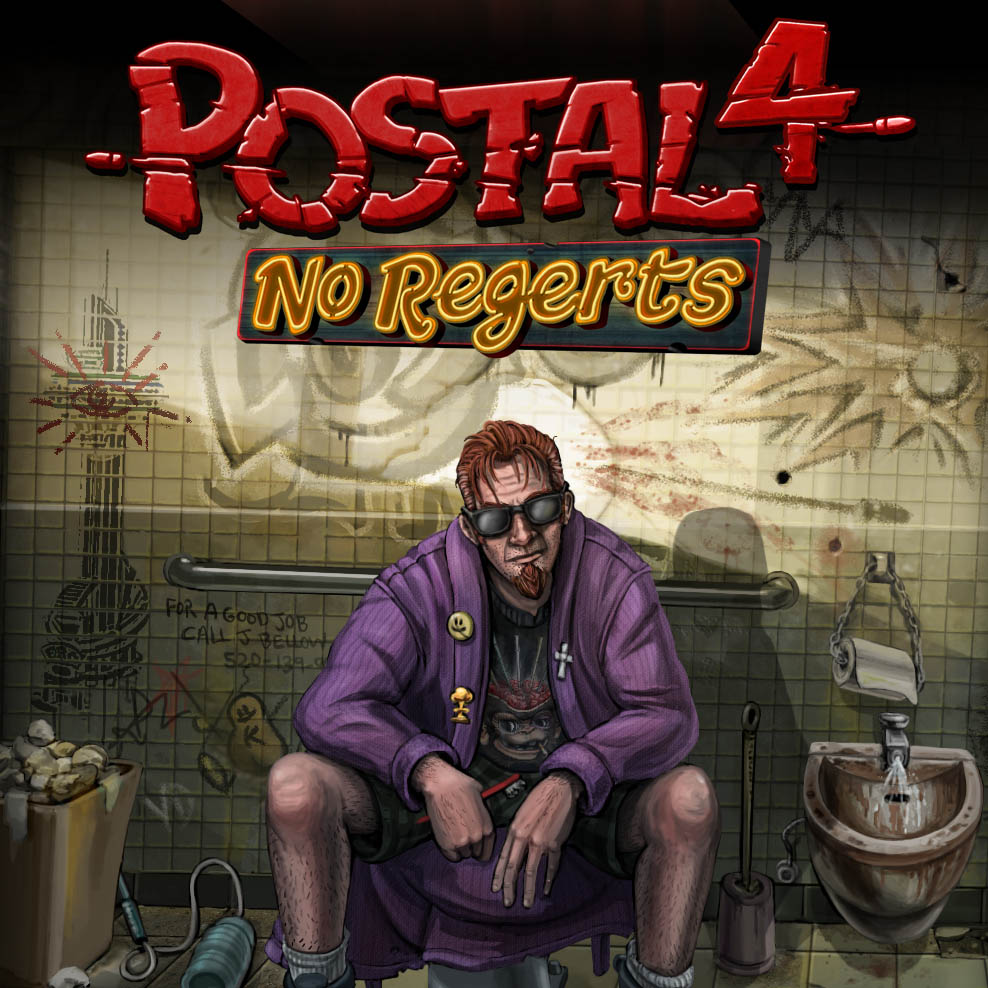

In the abstract, these involve the ungramamaticality of two linearly-adjacent third person clitics that can be fixed by removing the person specification of one of the offending clitics, thus resulting in the spellout of an underspecified form. One of Nevins’s ( 2007) central arguments is the existence of 3-on-3 dissimilation effects. Of course, these exemplars of 3noP and 3yesP do not exhaust the possibility space, but they will do to illustrate the two opposing camps. We could also imagine a privative 3yesP theory, with privative, ,, and features-such a theory is proposed by Bondarenko ( 2020). Under this representation, there is a dedicated third person feature: it’s labelled. I conclude that we really do genuinely have omnivorous third person agreement in Algonquian, and we must accordingly recognize the existence of third person features in the syntax. 2 After outlining the omnivorous third person agreement pattern, I’ll respond to some potential alternative accounts that attempt to analyze it away in order to save 3noP: agreement for animacy, agreement for obviation, and agreement for features. 1 Here, I’ll guide us through data from two Algonquian languages from different branches of the family, Blackfoot (Plains Algonquian Frantz 2017 Goddard 2018) and Plains Cree (Central Algonquian Wolfart 1973 Dahlstrom 1991 Okimāsis 2018), that show the most straightforward instantiation of this pattern: “the suffixes show agreement with the highest 3rd person argument (proximate, obviative, or plural)” ( Bliss 2013: 234). In all Algonquian languages, the peripheral suffix displays an omnivorous agreement pattern ( Nevins 2011), always agreeing with a third person, no matter if it’s a subject or an object ( Xu 2020 2021). I’ll follow the majority of the generative literature on Algonquian in placing the peripheral suffix in C across the family ( Halle & Marantz 1993 Branigan & MacKenzie 1999 Bruening 2001 Bliss 2013 a.o.). This suffix appears in the independent order, which is generally characteristic of matrix declaratives, and it surfaces linearly rightmost on the verb, to the right of various kinds of tense/mood/evidential marking. The empirical domain is the peripheral suffix in Algonquian. Here, I add to this body of work by providing an example of a syntactic counterexample to invisbility. The literature has provided us with morphological counterexamples to Invisibility-we get morphological processes that can see third person to the exclusion of first and second ( Nevins 2007 Trommer 2008, a.o.). In contrast, 3yesP does give us the formal tools to refer exclusively to third person, predicting that we should get counterexamples to Invisbility. Nor could there be a syntactic process, like agreement, that targets only third person. Thus, there should be no morphological process, like Impoverishment, that could target only third person. In no language can third person explicitly be targeted to the exclusion of first and second person in various kinds of morphosyntactic processes.Set all of today’s errands as complete, turns on hate player groups ….Set the day, reload level for that day ….Toggle all non-player triggered animations and actions to stop ….Reset all errands, make hate groups not hate anymore ….Set all errands complete, turns on hat player groups ….

Set the day, all errands before that day completed ….When gun is shooting cats, cats will ricochet ….( Enter the following commands with the forward-slash /alamode etc.) Press the T key to drop the developer console.
Postal 4 third person how to#
We’ve collected all of the known codes for POSTAL 4: No Regerts that have been made available thus far and organized them in a right proper way so you can find out how to do them and understand what they do. Well, for those of you in need of said codes, we’ve got you covered here at Magic Game World.


 0 kommentar(er)
0 kommentar(er)
